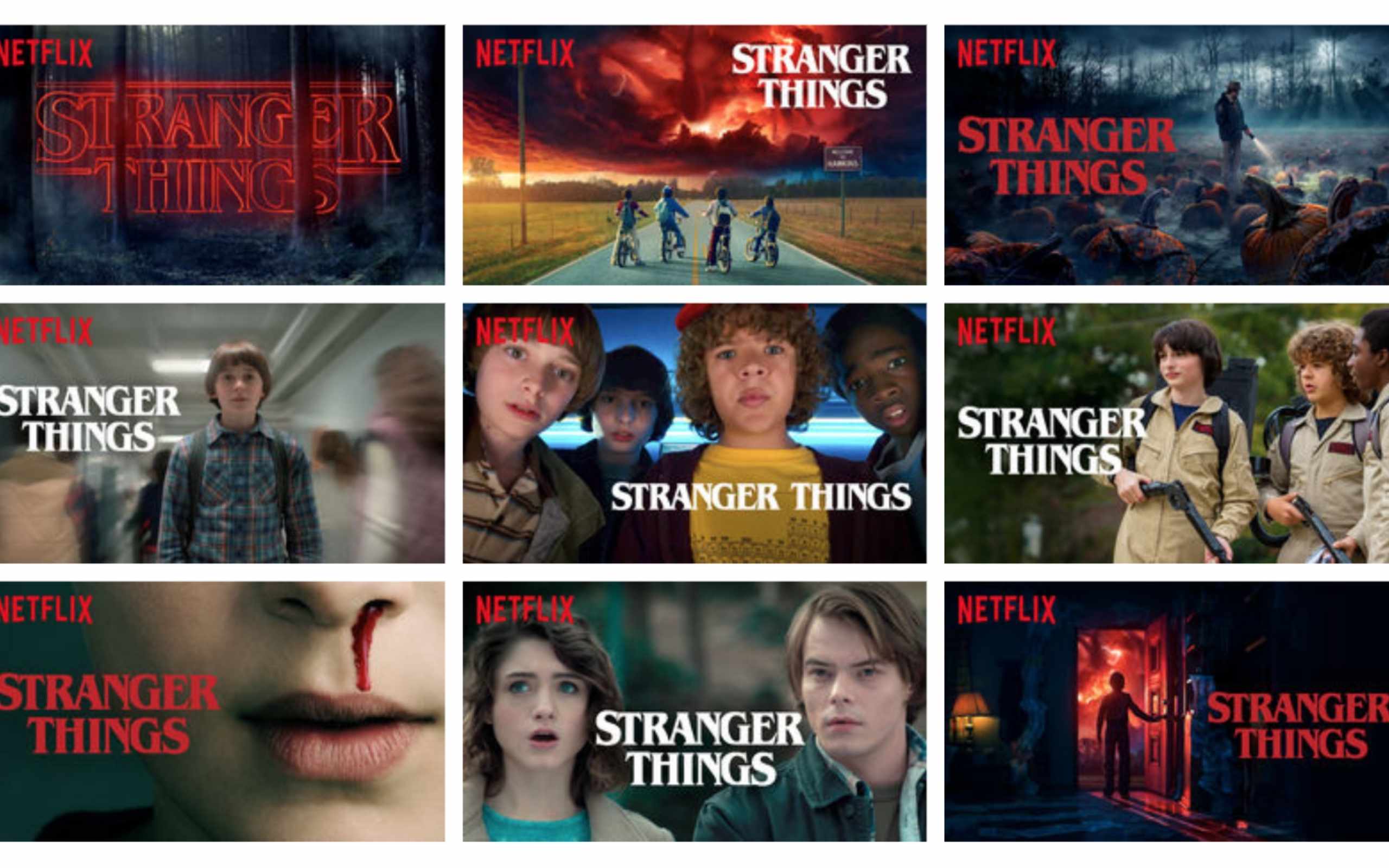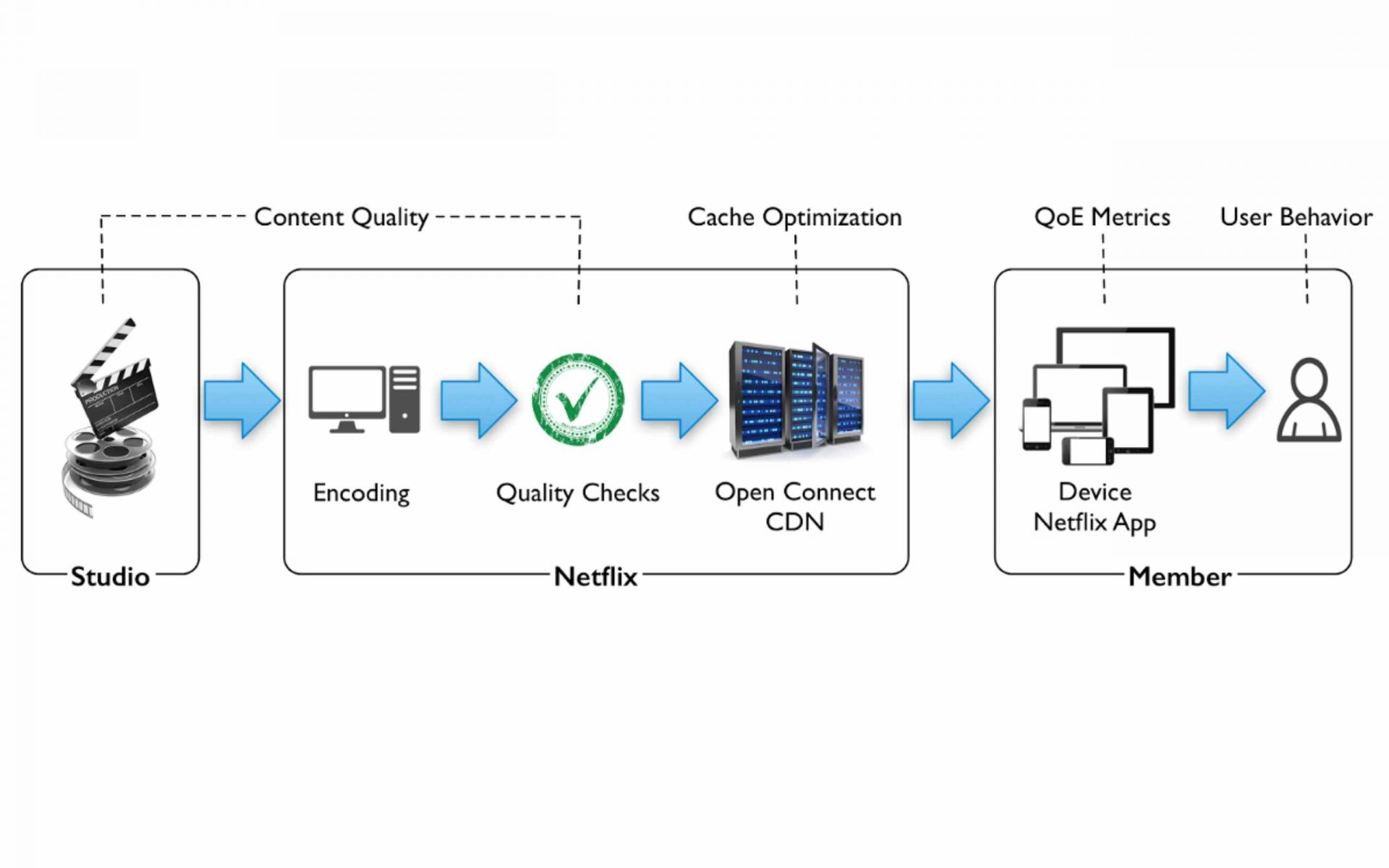Netflix is a household name in today’s world. Thanks to its 151 million subscribers worldwide, it is amongst the most respected brand today. In fact, Netflix has surpassed Disney with a corporate value of over $164 billion (about $500 per person in the US). Today it is the world’s most profitable entertainment organization – the Undisputed King! Their success can be attributed to their outstanding retention rate of customers – 93% as compared to 64% for Hulu and 75% for Amazon Prime. Still, it is not just their ability to retain their subscribers that has made them famous. It is also the method they use to maintain relevance in the market.
On Netflix, you see various programmes and recommendations – making one wonder how is this even possible? The answer, Netflix relies heavily on data science. Everyone desires an intuitive streaming interface. One that considers their interests and preferences, without running on autopilot. Such recommendations are gaining in popularity across platforms as they interact with consumers. So how does Netflix use data science?

Tailor-made recommendations
The recommendation framework on Netflix is algorithmic, blended with Machine Learning and Artificial Intelligence. The algorithm is evolving and feeds on users’ actions. As newer data gets generated, the algorithm learns and grows.
The more time you spend on Netflix, the more relevant the recommendations become. Netflix relies on Content-based recommendations and Collaborative Filtering.
A content-based system considers the contextual information of goods and consumer records. It provides you with relative recommendations based on your interests. Like the videos that you have recently watched on Netflix. For example, if you see a science-fiction genre film, it will recommend films from the same genre. Collaborative Filtering offers recommendations based on its users’ profiles. The benefit of collaborative filtering is that it does not consider the experience of the manufacturer. Instead, it depends only on users with a fundamental presumption that whatever the user saw earlier, he still enjoys watching it. A culmination of both the recommendation systems is a hybrid approach.

Personalizing artwork on website pages/Thumbnail
From artwork to movie titles, Netflix personalizes everything to attract subscribers. But how is artwork related to a user?
The artwork catches a viewer’s interest and provides them with visual proof of why viewing it might be an excellent decision.
It may highlight a thrilling car chase scene, a star – favorite of the audience or a dramatic scene that illustrates the show’s nature.
An artwork that maximizes the probability of viewing is selected, based on the algorithm. Netflix then shows the image on a user’s homepage, availing the best chance of capturing their imagination.
Netflix uses thousands of video frames from current TV shows and movies for Thumbnail output. The pictures are then rated to predict the one most probable of being clicked by an audience. These calculations also rely on what has been clicked earlier by similar audiences. Viewers who favor a certain actor, for example, are more likely to click on photos of that renowned actor.
Artwork personalization leads to significant improvements in discovering content by the viewers. Albeit it is challenging and requires a lot of time and effort.

Streaming Quality Experience
Data science usage enhances the experience of the user. Network service quality is projected to guarantee streaming quality. Netflix deliberately predicts which display will be streamed at a given location.
The contents on the neighboring server will then get cached. When internet traffic is limited, the caching and storage of content is finished. This ensures that the content gets streamed, and consumer loyalty maximized without buffering.

Production Planning
When producers develop an idea for a new show or movie, data plays an important role. Before something is on the page, much brainstorming takes place, and that’s when information starts trickling in.
Big Data aims to bring forth the best solutions for any problem. This also includes prior expertise in producing new and original material.

Use of Python
Netflix uses Python because of its adaptability when combined with libraries. It seamlessly integrates with other platforms. Netflix uses Python to handle a variety of core aspects viz. Analyzing operational data, traffic distribution and operating efficiency etc.
Besides determining the functioning of Netflix, Data science plays a vital role by providing them with new ways to expand. Innovations too are challenging, but at Netflix, they have tackled these by taking feedback from the audience. Customer Feedback is used to improve its innovative hyper-personalization engines. To conclude, it would be wrong to say that Netflix makes all its decisions based on big data only. They do rely a lot on human inputs too.

